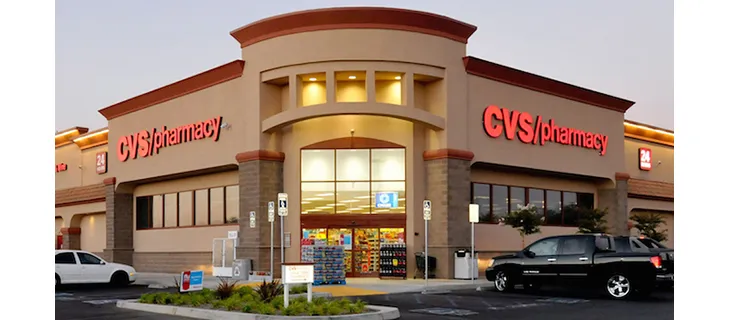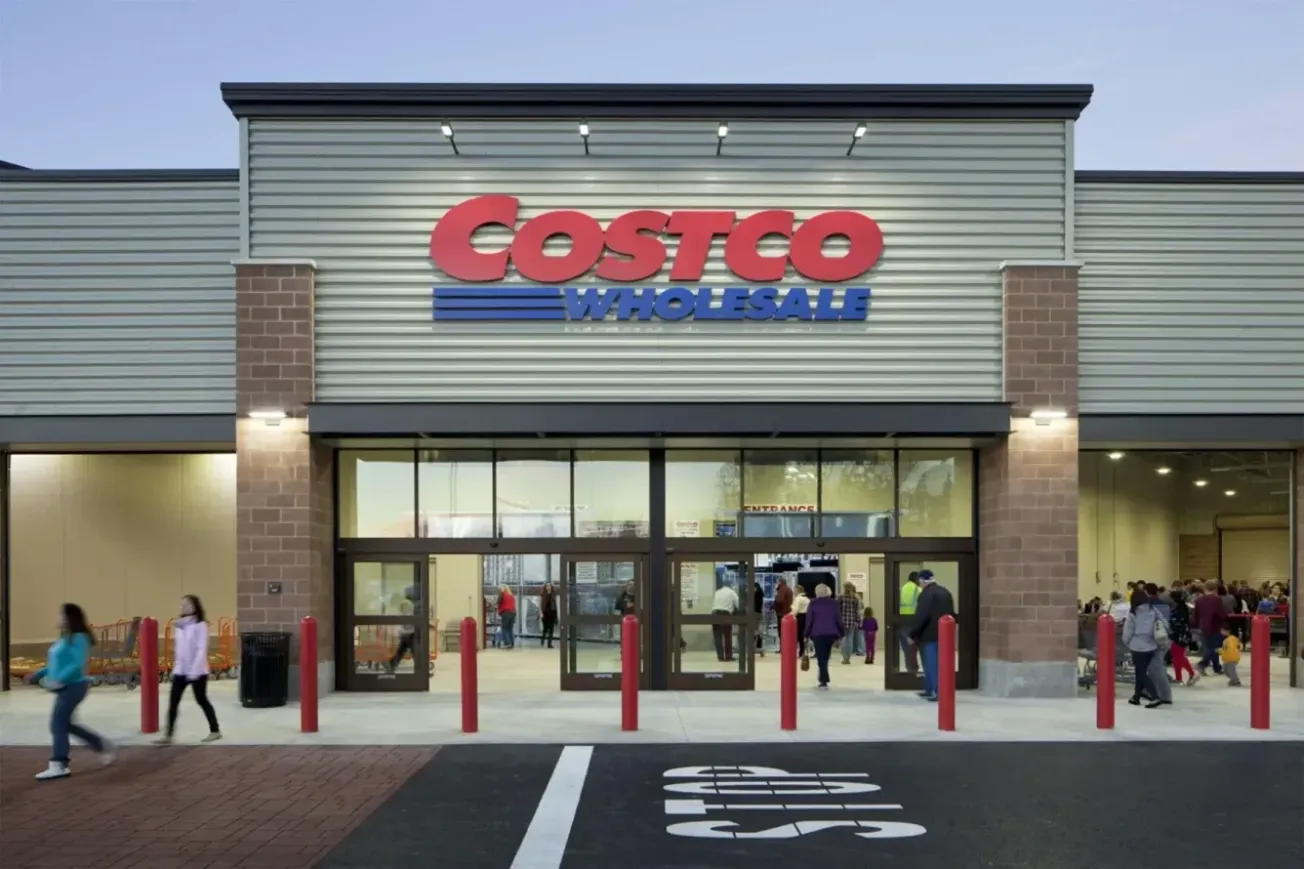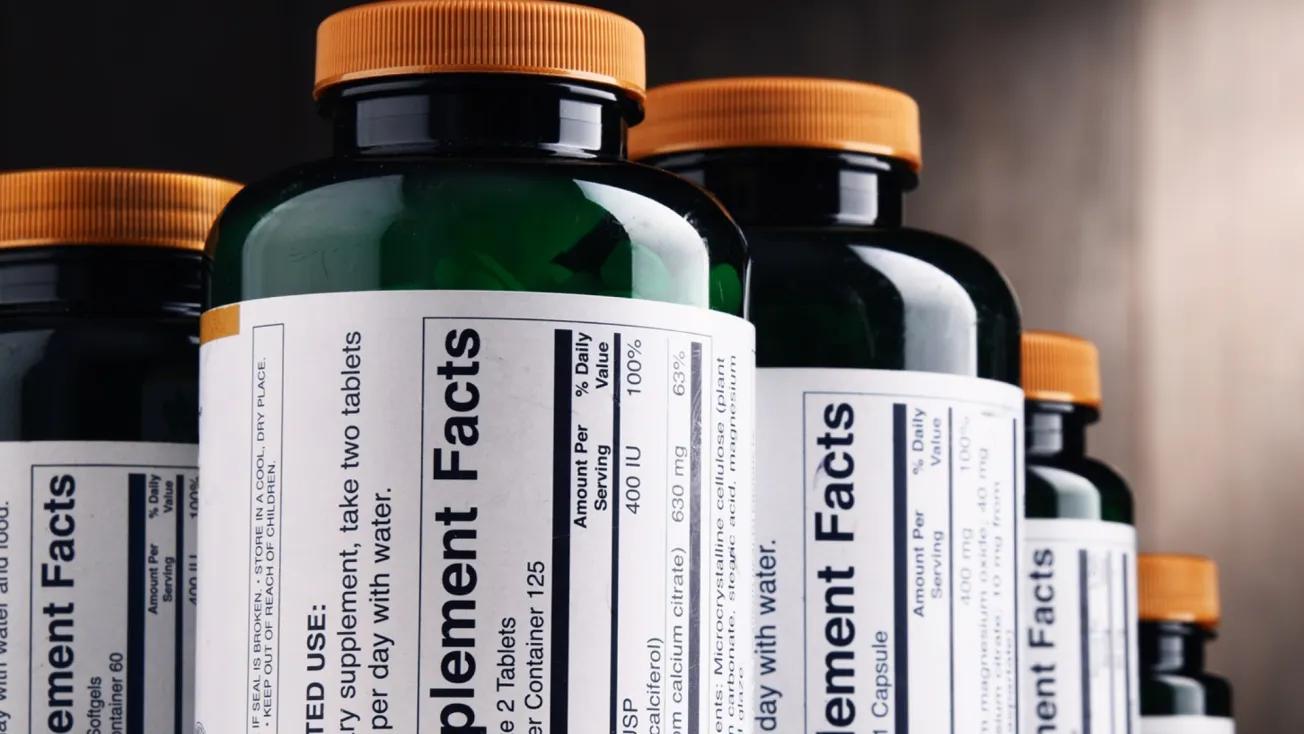WOONSOCKET, R.I. — Strong sales during the early stage of the coronavirus pandemic helped lift CVS Health’s first quarter earnings well above Wall Street’s projection. The company’s adjusted earnings per share of $1.91 easily topped analysts’ prediction of $1.63. The comparison is skewed however, by the inability of forecasters to have projected the extent of the disruption of typical shopping patterns by COVID-19.

Larry Merlo
CVS’ revenue for the period ended March 31 increased 8.3% from the year-ago quarter to $66.8 billion. Net income climbed to $2.01 billion, or $1.53 per share, from $1.42 billion, or $1.09 per share, a year earlier.
The company did not alter its financial outlook for 2020 earnings and cash, notwithstanding that several other companies have withdrawn them because of the pandemic. CVS said it expects its full year adjusted earnings to range from $7.04 to $7.17 per share, and its cash flow to be between $10.5 billion to $11.0 billion. It did remove other elements of its outlook, citing “the likelihood of significant variability in the impact of COVID-19” on its finances.
Saying that first quarter revenue growth was primarily driven by strong underlying core growth across all segments, the company noted that the pandemic resulted in greater use of 90-day prescriptions and early refills of maintenance medications, as well as increased front store volume in the Retail/LTC segment. Same-store sales surged 8%.
“We have a presence in communities across the country and interact with one in three Americans every year,” said president and CEO Larry Merlo. “We have a leading consumer brand with a diversified portfolio of essential health care businesses. When facing any health crisis, including this pandemic, we’re uniquely positioned to understand consumer and patient needs and how to address them. This includes increasing access to medicine and virtual care, and testing thousands for the virus every day to ready our country to reopen safely. We’re utilizing our innovation-driven health care model, scale and unique capabilities to benefit consumers across the health care system, and none of this could be done without the tireless dedication of our colleagues.”
Operating income increased 28.6% for the quarter, benefiting from the absence of the $135 million store rationalization charge recorded in the three months ended March 31, 2019, and a decrease in acquisition-related integration costs of $79 million in this year’s quarter .Adjusted operating income increased 14.4%, primarily due to increased volume across all segments, improved purchasing economics in the Pharmacy Services segment and the favorable impact of cost savings initiatives. These increases were partially offset by a decline in operating income in the Health Care Benefits segment, continued reimbursement pressure in the Retail/LTC segment and continued price compression in the Pharmacy Services segment. The pandemic increased adjusted operating income as a result of greater volume in the Retail/LTC segment, as well as reduced benefit costs due to the deferral of elective procedures and other discretionary utilization in the Health Care Benefits segment, partially offset by lower net investment income.
Net income increased 41%, primarily due to higher operating income and lower interest expense primarily due to lower average debt, partially offset by higher income tax expense associated with the increase in pre-tax income and the reinstatement of the non-deductible Health Insurer Fee (“HIF”) for 2020.
The effective income tax rate was 27.6%, compared to 26.4% last year. The increase in the effective income tax rate was primarily due to the reinstatement of the non-deductible HIF for 2020.
The Retail/LTC segment’s total revenues increased 7.7%, primarily driven by increased prescription volume, higher front store revenues and brand inflation, partially offset by continued reimbursement pressure and an increased generic dispensing rate. Front store revenues increased 8.5%, primarily due to strength in consumer health and general merchandise sales, which was primarily driven by COVID-19 related sales, the expansion of the CarePass program; and the impact of the additional day in 2020 due to the leap year.
Prescriptions filled grew 8.2% on a 30-day equivalent basis, including a 9.8% increase in same-store volume. Operating income and adjusted operating income increased 43.8% and 27.7%, respectively. The increase in both operating income and adjusted operating income was primarily due to the increased pharmacy and front store volume, improved generic drug purchasing, the impact of cost savings initiatives and the favorable resolution of certain legal matters, partially offset by continued reimbursement pressure. The increase in operating income was also due to the absence of the $135 million store rationalization charge primarily related to operating lease right-of-use asset impairment charges in connection with the planned closure of underperforming retail pharmacy stores recorded in the year-ago quarter.
The Pharmacy Services segment’s total revenues increased 4.2%, primarily due to growth in specialty pharmacy, brand inflation and increased total pharmacy claims volume. The increase was partially offset by previously disclosed client losses, continued price compression and an increased generic dispensing rate.
Total pharmacy claims processed increased 12.4% on a 30-day equivalent basis, driven in part by increased claims under the company’s agreement with IngenioRx, which began in the second quarter of 2019. Operating income and adjusted operating income increased 31.1% and 24.7%, respectively, primarily driven by growth in specialty pharmacy, improved purchasing economics and an increased generic dispensing rate, partially offset by previously disclosed client losses and continued price compression. The increase in operating income also was driven by lower amortization expense.
The Health Care Benefits segment’s total revenues increased 7.4%, primarily driven by membership growth in government products and the favorable impact of the reinstatement of the HIF for 2020. These increases were partially offset by the absence of the financial results of Aetna’s standalone Medicare Part D prescription drug plans, which the company retained through 2019, membership declines in commercial insured products, as well as a decline in net investment income due to lower interest rates and the capital markets volatility associated with the pandemic.
Operating income and adjusted operating income decreased 5.2% and 4.5%, respectively. The decrease was primarily driven by membership declines in the segment’s commercial insured products including the migration of customers from insured to ASC products, higher Medicaid benefit costs in certain states and incremental operating expenses to onboard additional Medicaid members. This decrease was partially offset by membership growth in government products and increased integration synergies. The pandemic had a modest impact on operating income and adjusted operating income, as the reduction in benefit costs primarily related to the deferral of elective procedures and other discretionary utilization was largely offset by lower net investment income due to lower interest rates and the capital markets volatility associated with the pandemic.
The segment’s MBR decreased 160 basis points, primarily due to the reinstatement of the HIF for 2020.






